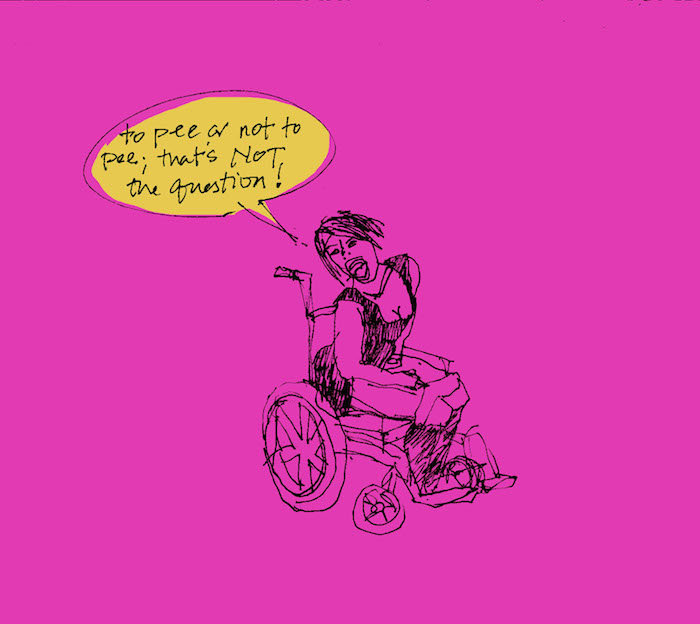"By recognizing that human-centered design is problematic in the way that it focuses on individuals, on consumers, we can recognize that we need a new framework to ask different questions."
design
Issue 38
on June 22nd, 2016
Accessibility must be part of every aspect of business, part of the minimally viable product, a core part of how we approach the launch and growth of our platforms.
Issue 37
on May 24th, 2016
As more and more of our lives are played out in digital space, can we mitigate anxiety in the tools that we create and use everyday?
Issue 34
on March 17th, 2016
Following political expenditures is a lot like hunting a mouse in a labyrinth where the walls are constantly moving.
Issue 30
on November 23rd, 2015
We continue to arbitrarily trust the judgements of white, able-bodied, neurotypical cis dudes to define personhood in the digital world.
Issue 29
on November 5th, 2015
Makeathons and other similar events want to “do good” and “make the world a better place.” The people behind these events need to realize *how* they do them is as important as *why* they are doing them.
Issue 29
on November 4th, 2015
Very often, specialized companies create assistive technology with little input from actual users with disabilities. These products are usually institutional in look and feel, overpriced, and only reimbursable by insurance.
Issue 29
on November 4th, 2015
Organizations run by primarily white, cis, straight founders train the majority of their focus on alleviating alienation for white cis women in cis male-centric spaces, but do little to dig deeper into other marginalized identities and access needs.
Issue 28
on October 12th, 2015
We may be persuaded that “art is for everyone”; the Internet finally democratizing its creation, its distribution, and its valuation. And yet, the democratization of art argument is necessarily laced with issues of means, access and opportunity.
Issue 26
on September 2nd, 2015
Diversity in tech is not only about ending technology empires that employ almost all white men, but about ending the ecosystems around tech companies that benefit primarily white males through a constellation of seemingly “secondary” effects in a far vaster net.









